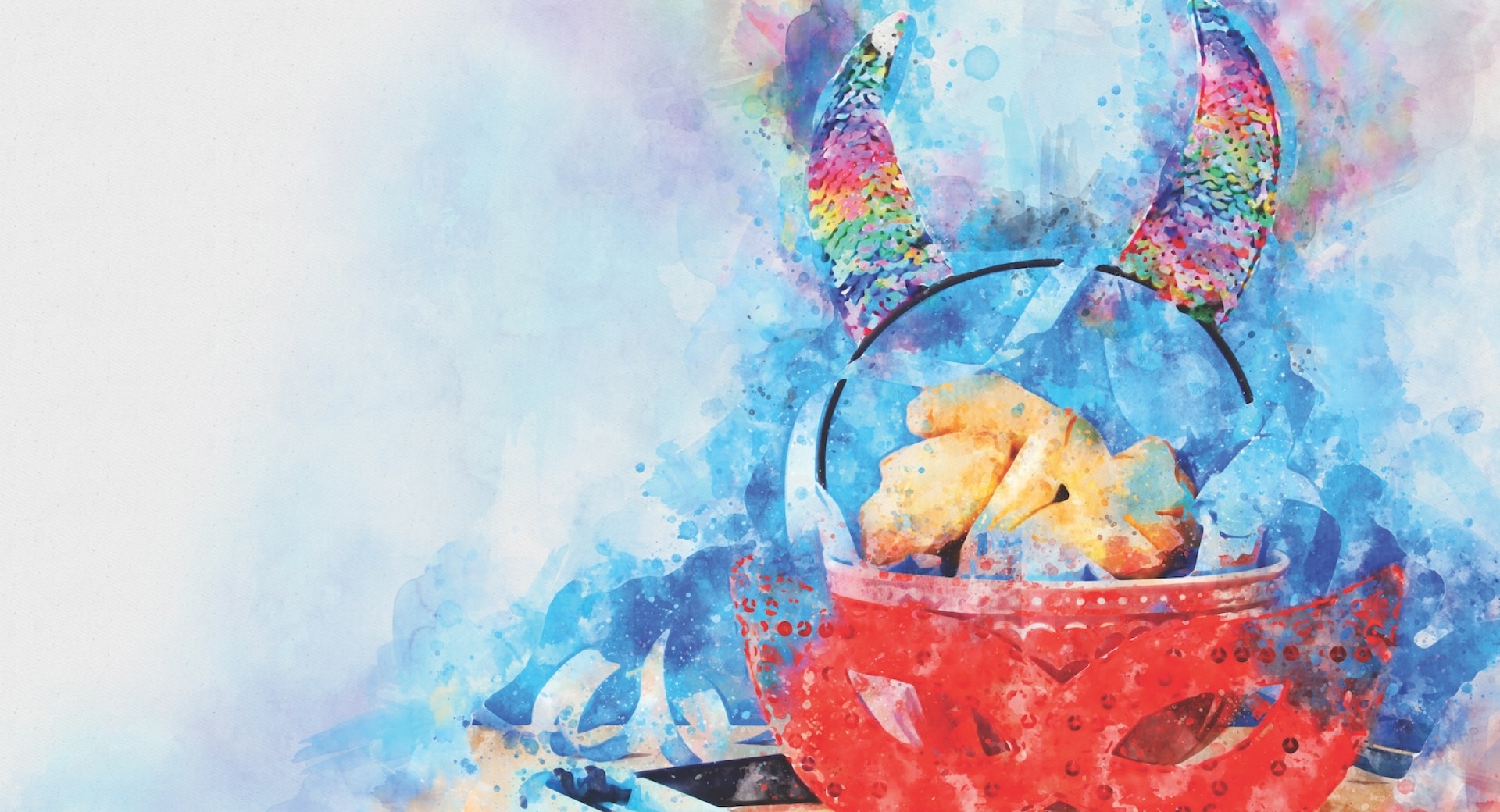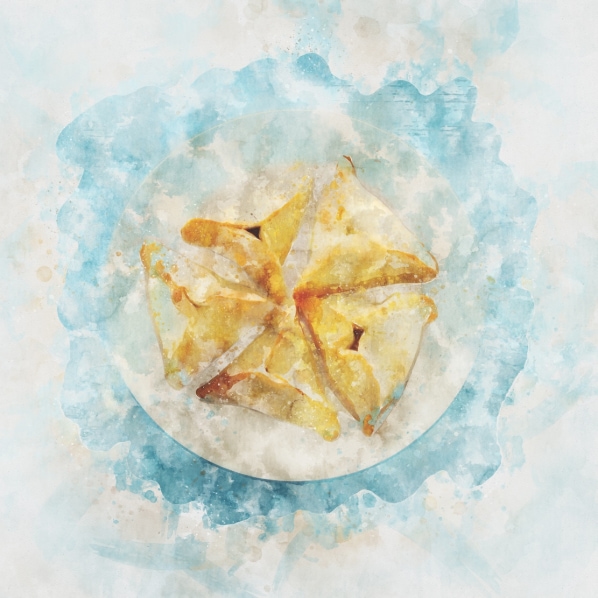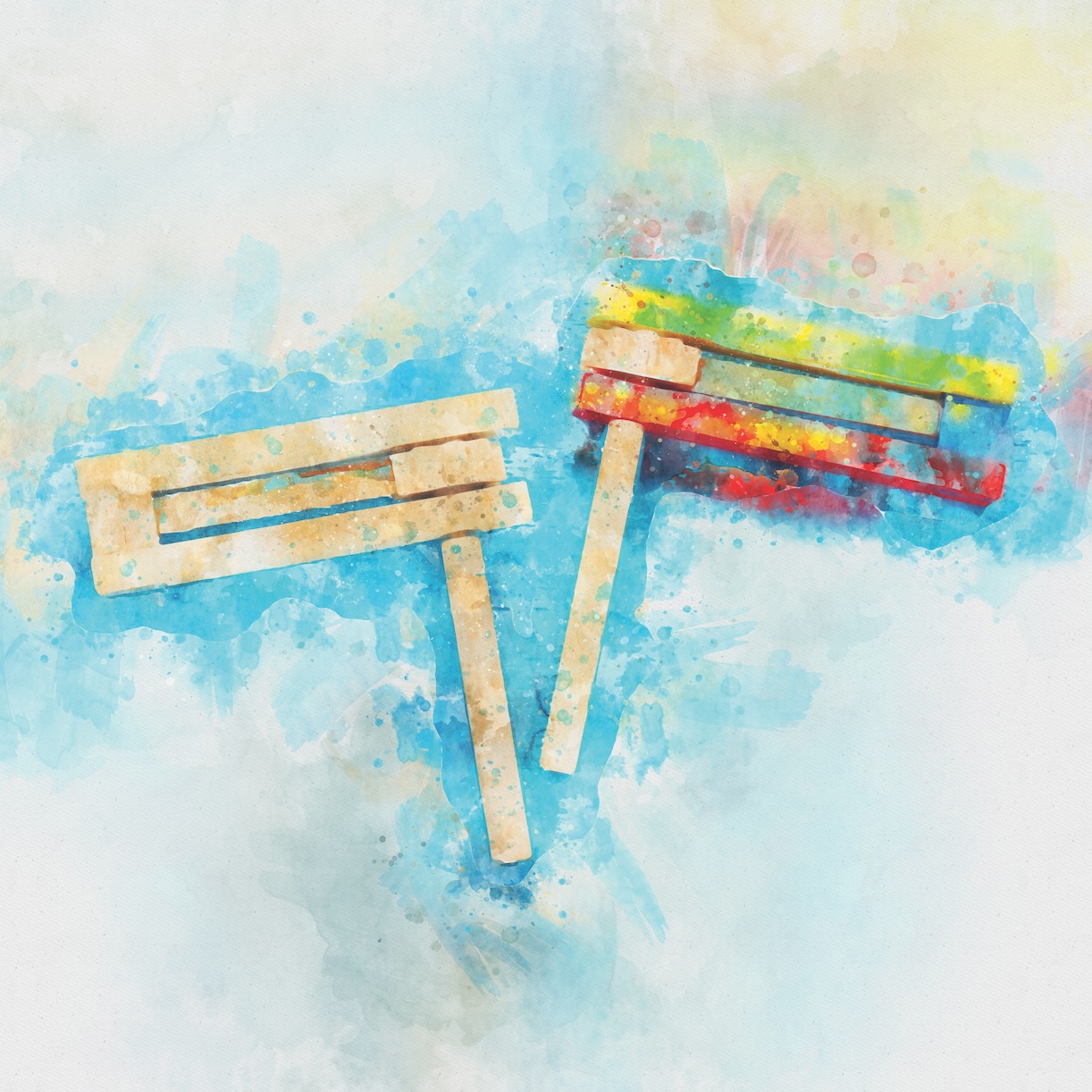
Purim
Purim is a holiday celebrated each spring when Jews read the Book of Esther and celebrate their national salvation. According to the Book of Esther, in the 4th century BCE in ancient Persia a royal officer named Haman tried to destroy the Jewish people. Haman’s vendetta against the Jews began when a prominent Jew named Mordechai refused to bow down to him. Little did Haman know that Mordechai’s niece was Queen Esther, married to King Ahasuerus, who had been keeping her Jewish identity a secret. Queen Esther and her uncle Mordechai exposed Haman’s plot and the Jews were able to save themselves from destruction. Today, many scholars understand the Book of Esther to be a parable or a compilation of other historic stories, but the holiday is celebrated joyously, nonetheless. On Purim we celebrate feminine heroism, the strength of community and the hidden nature
CUSTOMS
MEGILLAH
The Book of Esther is written on a special scroll called a Megillah. In synagogues, the Megillah is read twice on Purim – once at night and once during the day. When the evil Haman’s name is read, people yell “boo” to try to “wipe out” his name.

MATANOT L’EVYONIM (GIFTS TO THE POOR)
On Purim, there is a mitzvah (commandment) to give tzedakah (charity) to the poor people in our communities. This Purim mitzvah enables everyone to celebrate Purim fully with dignity.
MISHLOACH MANOT (GIFTS TO FRIENDS AND RELATIVES)
Another mitzvah of Purim is to make a package of food to bring to a friend, relative or neighbor. These packages are called mishloach manot and they help spread the joy of the holiday. Giving mishloach manot is also an act of community building that celebrates the resilience of our community in the face of hatred.

SEUDAH (FESTIVE MEAL)
The final mitzvah of Purim is to host a festive meal. Some adults have the custom of drinking wine at the meal to enhance its joyous nature. One traditional Purim treat is a triangular cookie called a hamantaschen. There is some debate about why these cookies are eaten on Purim. Some explain that the evil Haman had pointed ears and we are wiping out his memory by eating his ear-shaped cookies. Others explain that just as God is hidden in the Purim story, so too the filling is hidden in a hamantaschen cookie. For a hamantaschen recipe, visit mandeljcc.org/holidays.
COSTUMES
The entire book of Esther does not once mention the name or presence of God despite it being a religious text. Rabbis have understood the message of this to be that God’s presence is hidden in the story, just as it is hidden in our everyday lives, despite God having a hand in the world. To celebrate this, we hide ourselves in costumes and dress up on Purim. Traditionally, children would dress up as the characters in the Book of Esther, however, now people of all ages dress up in all kinds of funny costumes on Purim.